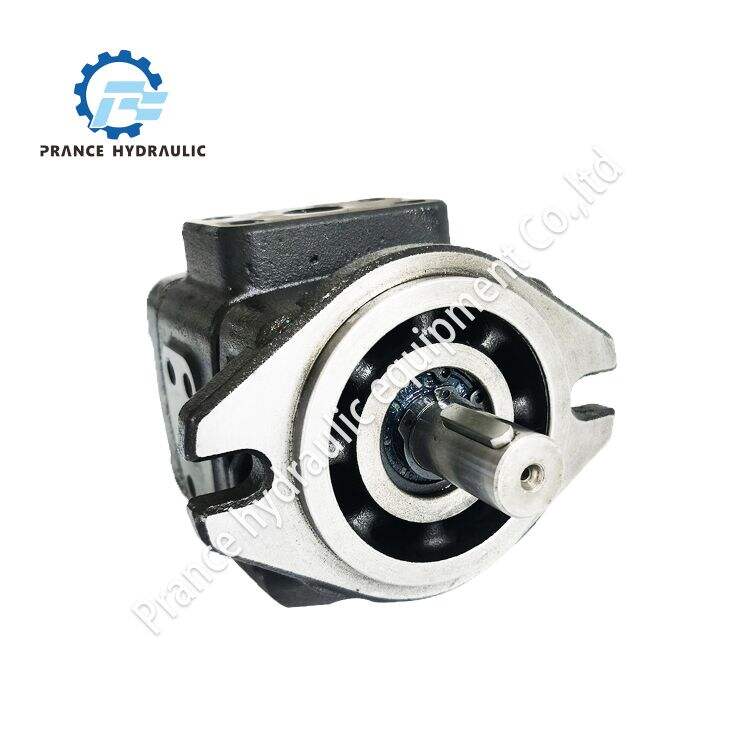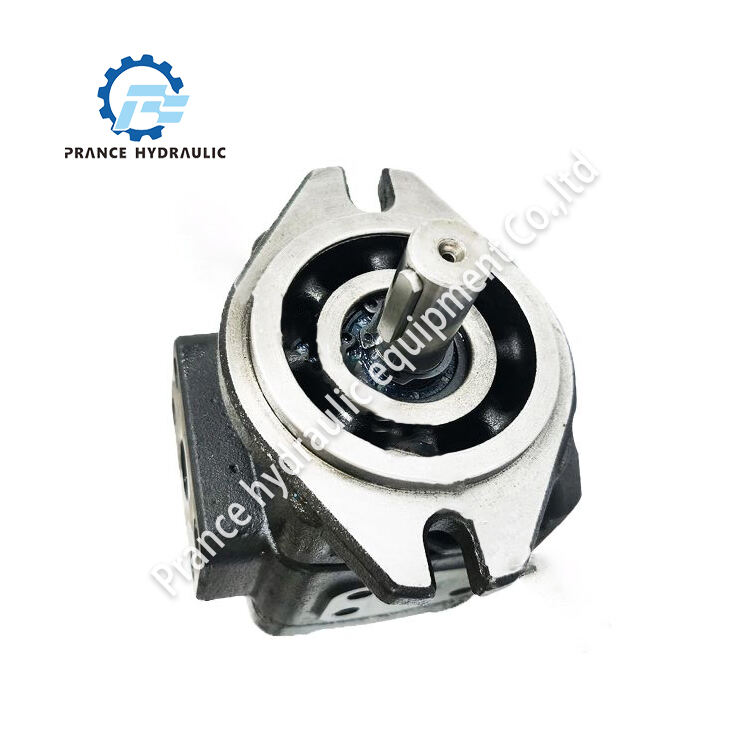Die inneren Getriebepumpen sind einzigartige Pumpen, die beim Übertragen von Flüssigkeiten von Punkt A nach Punkt B behilflich sind. Ihr Aufbau und ihre Funktionsweise können sehr wichtig sein, um sicherzustellen, dass sie gut funktionieren.
Die inneren Getriebepumpen haben entgegengesetzte Getriebe, die sich im Einklang drehen, um die Flüssigkeit zu verdrängen. Die Zahnräder sind wie Zähne geformt, die sich aneinander vernetzen und die Flüssigkeit durch die Pumpe schieben. Einer der Zahnräder ist an einen Motor angeschlossen und dreht sich; der andere treibt die Flüssigkeit einfach heraus. Diese Konstruktion sorgt dafür, dass sie reibungslos und effizient funktionieren, so dass sie für alle Arten von Anwendungen perfekt sind.
Ein großer Vorteil von Zahnradpumpen ist, dass sie äußerst effizient sind. Sie können Flüssigkeiten schnell und gleichmäßig pumpen, was Energie spart und Kosten niedrig hält. Sie können verschiedene Flüssigkeiten verarbeiten, was sie vielseitig macht. Was noch wichtiger ist, entlüftungsschutz hydraulisch sie sind sehr zuverlässig und langlebig, weshalb sie ideal für die meisten Unternehmen sind.

"Geh und überprüfe die inneren Getriebepumpen". 4 Wenn Sie die bestmögliche Leistung einer internen Getriebepumpe wünschen, ist es wichtig, regelmäßig nach optimalen Bedingungen zu suchen. Das ist zum Beispiel nach Verschleiß und Beschädigung, Lecks oder seltsamen Geräuschen. Die Zahnräder müssen auch geschmiert werden, damit sie richtig funktionieren. Wenn etwas schief geht, ist es wichtig, dass Sie das Problem diagnostizieren und beheben.

Die inneren Getriebepumpen sind eine Art positive Umschlagpumpe. Das bedeutet, dass sie eine feste Menge Flüssigkeit halten und transportieren können. Die Pumps mit inneren Getriebe sind einfacher als andere Arten von Positivverschiebungspumpen wie Kolbenpumpen oder Zwerchfellpumpen. Das bedeutet, dass sie seltener kaputt gehen und weniger Wartung erfordern. Sie sind auch vielseitig und können verschiedene Flüssigkeiten aufnehmen.

Die Pumps für innere Getriebe finden sich in einer Vielzahl von Anwendungen, wie z. B. im Automobilbereich, in der Lebensmittel- und Getränkeindustrie und in der Fertigung. In Automobilen werden sie in Kraftstoffspritzesystemen und Schmiersystemen eingesetzt. Sie werden in der Lebensmittelindustrie zum Übertragen von Flüssigkeiten wie Säften, Sirupen und Soßen eingesetzt. In der Fertigung regeln sie die Bewegung von Flüssigkeiten in Maschinen.